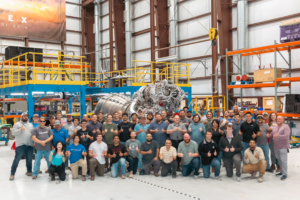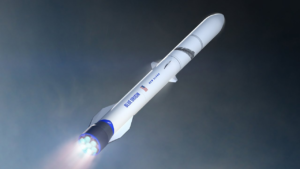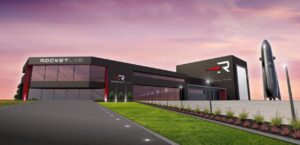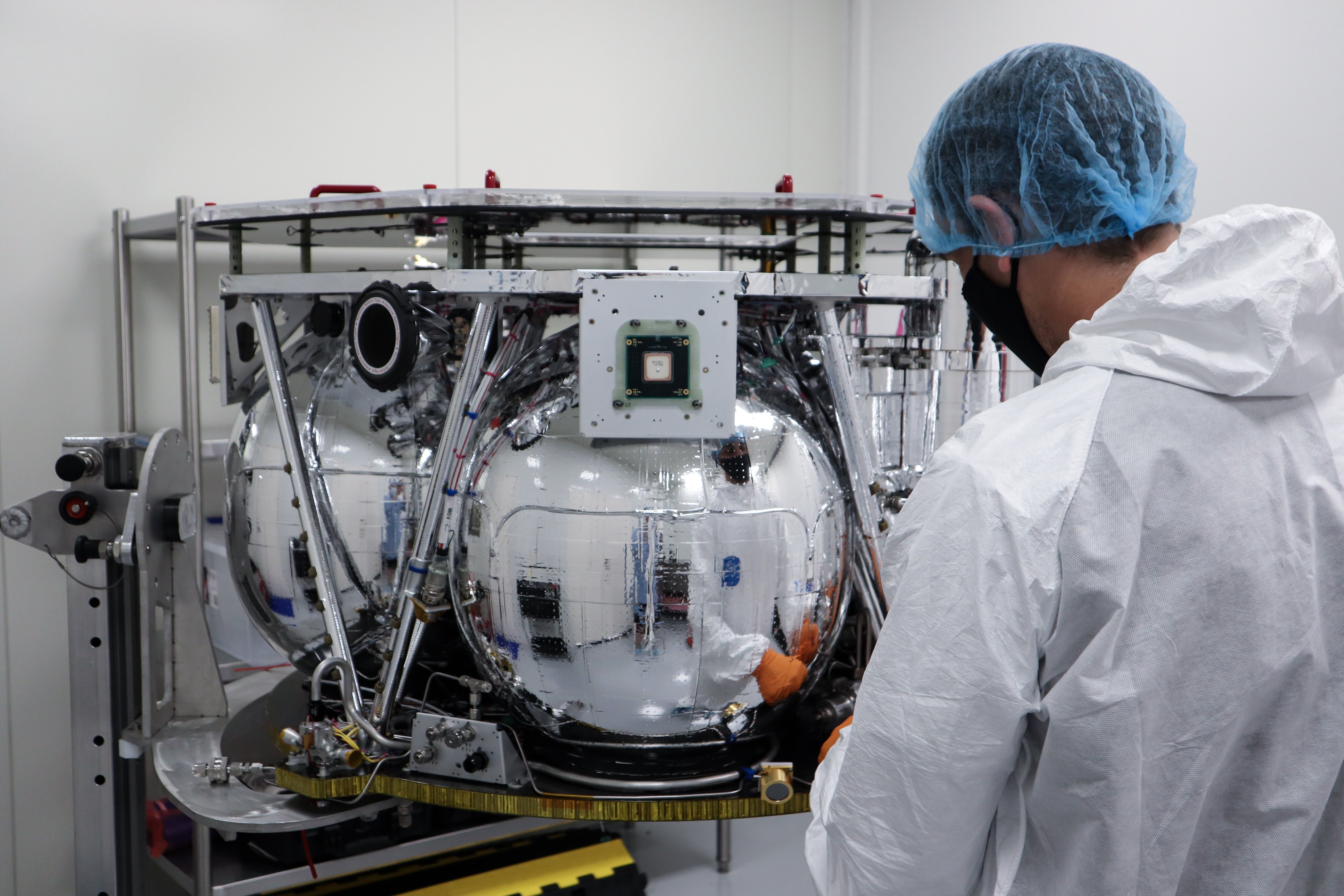
How Rocket Lab Will Reach The Moon With Electron
Not long ago NASA and Rocket Lab teamed up for a future mission to the Moon. This mission is very ambitious and would be the first time Rocket Lab attempts such a launch. Here Rocket Lab’s small-lift launch vehicle Electron, along with Photon, is set to send NASA payloads hundreds of thousands of kilometers farther than a typical mission.
Just a few days ago both Rocket Lab and NASA announced a date range for the CAPSTONE mission. It’s expected to happen between May 3rd and 15th. Here a microwave oven–sized CubeSat weighing just 55 pounds will serve as the first spacecraft to test a unique, elliptical lunar orbit as part of the Cislunar Autonomous Positioning System Technology Operations and Navigation Experiment or CAPSTONE. This mission will provide necessary information including important insights for future manned missions to the Moon as a part of Artemis.
Rocket Lab has been developing and innovating at extremely fast speeds. Whether they are launching Electron more or announcing Neutron’s new production and launch site, there is always news coming from the company. Here I will go more in-depth into the recent update and important details regarding the CAPSTONE payload and goal.
CAPSTONE Update
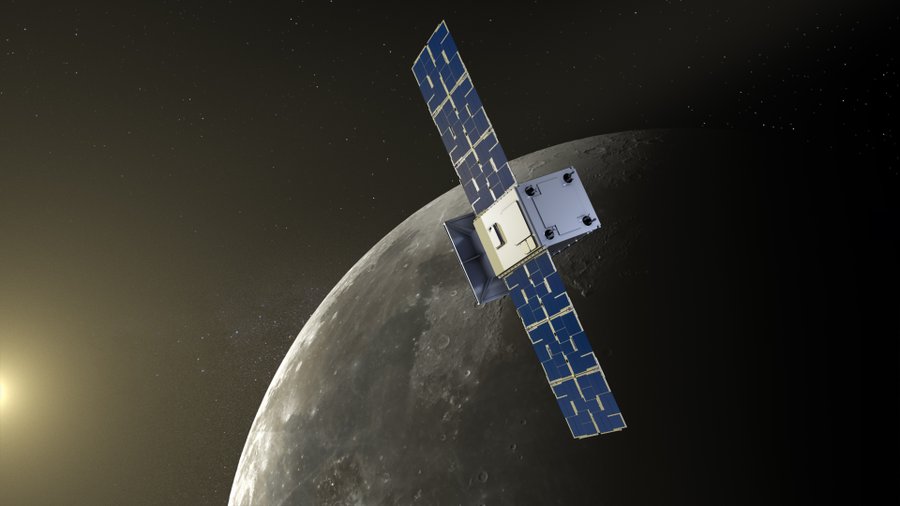
Over the past few months, Rocket Lab along with NASA have been providing updates regarding the upcoming mission to the Moon. As the expected launch date gets closer, these updates have become more frequent and in-depth. Just a few days ago, Rocket Lab tweeted saying, “This pathfinding mission will test a unique lunar orbit and paves the way for future #Artemis outpost @NASA_Gateway. It’s the step before the leap into the next era of lunar and deeper space exploration.” Not only this, but NASA also tweeted around the same time mentioning, “LAUNCH UPDATE: Our CAPSTONE spacecraft has a new launch window between May 3 – May 15! The pathfinder for future #Artemis outpost @NASA_Gateway will lift off from New Zealand and head toward the Moon to test a unique lunar orbit.” Based on these tweets and what we have seen in the past, it looks like both Rocket Lab and NASA are very confident in the future launch date range. This mission has been in development and planning for quite a while, and we now have an official launch date range. Thanks to these updates we can expect to watch this unique mission around two months from now.
What Is CAPSTONE?
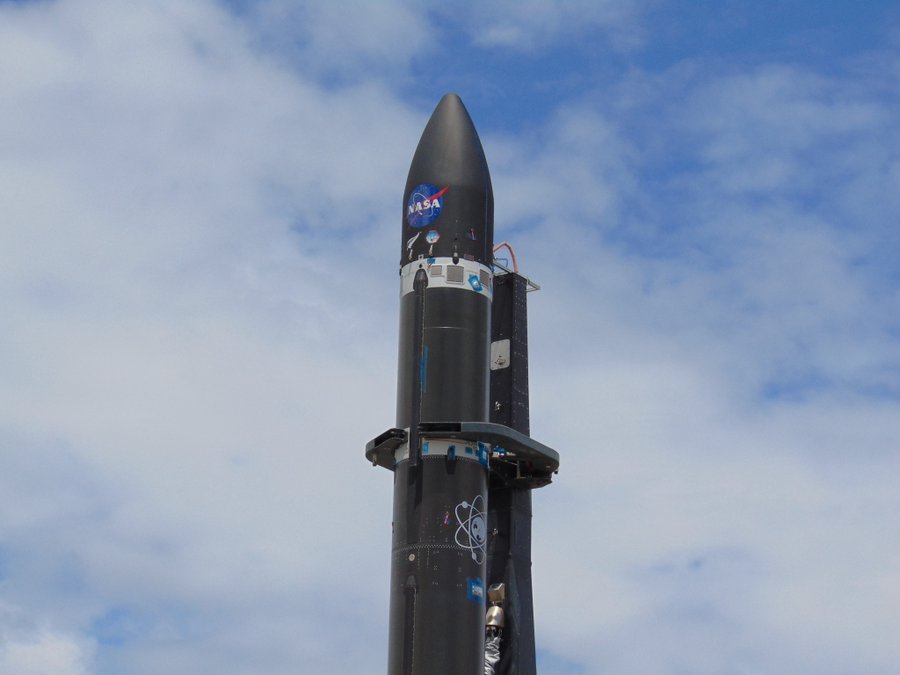
Now that we know when this launch is expected to happen, we can learn more about the mission itself and what exactly CAPSTONE is. CAPSTONE stands for Cislunar Autonomous Positioning System Technology Operations and Navigation Experiment. As a precursor for Gateway, a Moon-orbiting outpost that is part of NASA’s Artemis program, CAPSTONE will help reduce risk for future spacecraft by validating innovative navigation technologies and verifying the dynamics of this halo-shaped orbit. The orbit, formally known as a near rectilinear halo orbit (NRHO), is significantly elongated. Its location at a precise balance point in the gravities of Earth and the Moon, offers stability for long-term missions like Gateway and requires minimal energy to maintain. CAPSTONE’s orbit also establishes a location that is an ideal staging area for missions to the Moon and beyond. The orbit will bring CAPSTONE within 1,000 miles of one lunar pole on its near pass and 43,500 miles from the other pole at its peak every seven days, requiring less propulsion capability for spacecraft flying to and from the Moon’s surface than other circular orbits.
The long journey begins with a Rocket Lab Electron launch. Electron will first launch CAPSTONE to an initial low Earth orbit. From here Rocket Lab’s Photon spacecraft takes over and performs multiple orbit raising maneuvers. Photon is an integrated launch and satellite solution. Photon flies as the upper stage of Electron, eliminating the parasitic mass of deployed spacecraft and enabling full utilization of the fairing. This builds up enough velocity for translunar injection. This allows CAPSTONE to break free of Earth’s gravity and set a course for the Moon. After deploying CAPSTONE, Photon will continue on its own trajectory to conduct a lunar flyby. After the three-month journey to its target destination, CAPSTONE will orbit this area around the Moon for at least six months to understand the characteristics of the orbit. Specifically, it will validate the power and propulsion requirements for maintaining its orbit as predicted by NASA’s models, reducing logistical uncertainties. It will also demonstrate the reliability of innovative spacecraft-to-spacecraft navigation solutions as well as communication capabilities with Earth. The NRHO provides the advantage of an unobstructed view of Earth in addition to coverage of the lunar South Pole. To test these new navigation capabilities, CAPSTONE has a second dedicated payload flight computer and radio that will perform calculations to determine where the CubeSat is in its orbital path. Circling the Moon since 2009, NASA’s Lunar Reconnaissance Orbiter (LRO) will serve as a reference point for CAPSTONE. The intention is for CAPSTONE to communicate directly with LRO and utilize the data obtained from this crosslink to measure how far it is from LRO and how fast the distance between the two changes, which in turn determines CAPSTONE’s position in space.
This peer-to-peer information will be used to evaluate CAPSTONE’s autonomous navigation software. If successful, this software, referred to as the Cislunar Autonomous Positioning System (CAPS), will allow future spacecraft to determine their location without having to rely exclusively on tracking from Earth. This capability could enable future technology demonstrations to perform on their own without support from the ground and allow ground-based antennas to prioritize valuable science data over more routine operational tracking. CAPSTONE is scheduled to launch in May 2022 aboard Rocket Lab’s Electron rocket from the company’s Launch Complex 1 in New Zealand. With a highly ambitious schedule, CAPSTONE will demonstrate key commercial capabilities. NASA partners will test cutting-edge tools for mission planning and operations, paving the way and expanding opportunities for small and more affordable space and exploration missions to the Moon, Mars, and other destinations throughout the solar system. Traditionally smallsats have had to wait years for a rideshare opportunity on a large rocket in order to reach lunar and deep space destinations. Thanks to Rocket Lab, the smallsats have the opportunity to call the shots and get a ride to these various space locations on their own time. This is a very appealing service that Rocket Lab offers thanks to the combination of Electron and Photon. Together, the pair enables much greater options regarding destinations and more in a convenient and cost-effective way.
Conclusion
Over the past year, we have seen this mission develop. NASA along with many different partners such as Rocket Lab has been working to send a satellite to the Moon. Apart of the CAPSTONE mission, Rocket Lab is meant to launch this payload to the Moon using both Electron and Photon. Together it enables the company to send payloads much further than normal using a small-lift launch vehicle. Specifically, after launch Photon will work to raise the Earth orbit of the payload before performing a translunar injection. We will have to wait and see how the mission goes and the impact it has on the space industry.

